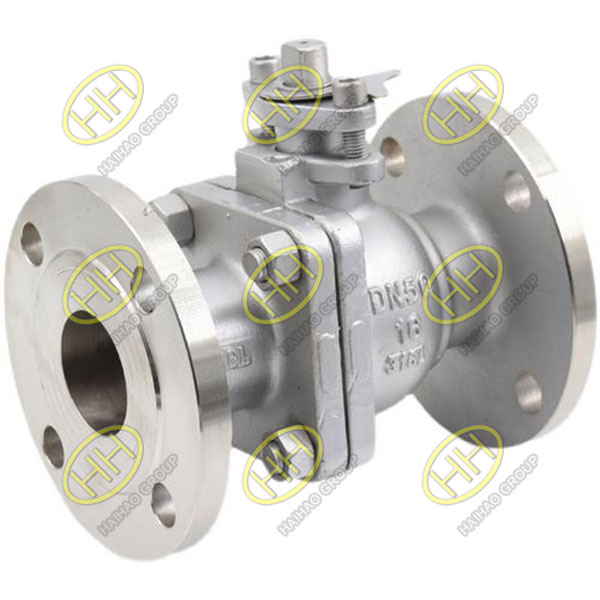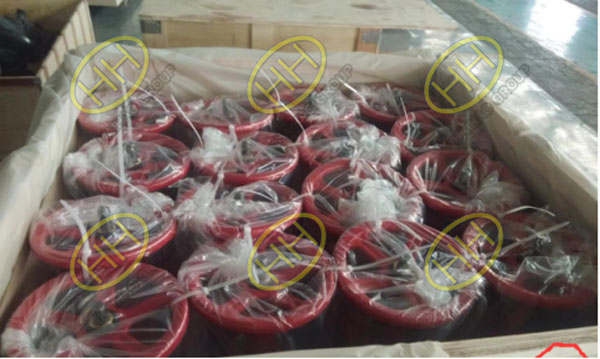Comprehensive analysis of pressure piping component type testing for general valves
In pressure piping systems, valves perform critical functions—controlling flow, ensuring safety, and maintaining system integrity. To guarantee their performance under various operating conditions, type testing of industrial valves is not optional; it’s a fundamental step in quality assurance.
This guide outlines practical testing procedures, technical review steps, and compliance checks for a wide range of general valves, including gate valves, globe valves, check valves, ball valves, butterfly valves, and other commonly used industrial valve types.
Design and Technical Document Review
Before any valve enters production or service, it must undergo a thorough technical review. This ensures its suitability for the intended pressure piping system. Key aspects include:
1.Design Conditions:
Usage conditions, product standards, and technical requirements for special applications.
2.Material Selection:
Suitability of materials for the body, sealing elements, and other parts against design conditions.
3.Sealing Structure:
Compliance of the sealing structure type and sealing element selection with design conditions.
4.Strength Verification:
Strength calculations for the body (when not specified in standards), connections, and moving parts, including operational force or torque.
5.Material Forming:
Forming methods and technical requirements for body materials (e.g., casting methods and defect acceptance levels, forging methods and grades).
6.Technical Requirements for Welding, Heat Treatment, and Nondestructive Testing:
Correctness of technical requirements for processes involving welding, heat treatment, and nondestructive testing.
7.Inspection and Testing Procedures:
Accuracy of inspection and testing procedures outlined in technical documents.
Valve Testing Procedures and Performance Checks
Once design approval is complete, physical testing follows to confirm performance under real conditions:
- 1.Appearance and Marking Inspection: Checking the external appearance and markings of the valves.
- 2.Mechanical Properties and Chemical Composition: Testing the mechanical properties of iron body materials and the chemical composition of other body materials.
- 3.Dimensional Verification: Measuring minimum wall thickness of the body, minimum diameter of the stem, and thread dimensions of connections.
- 4.Strength and Sealing Tests: Conducting strength and sealing tests on the valves.
- 5.Operational Tests at Room Temperature: Performing open/close operations under pressure: 100 cycles for solenoid valves, 20 cycles for check valves, and 5 cycles for plug valves.
- 6.Tensile Testing for Steel Gate Valves: Conducting tensile tests on the open/close components (for nominal diameter DN ≤ 200mm and nominal pressure PN ≤ 16.0MPa).
- 7.Hardness Testing of Welded Sealing Surfaces: Testing the hardness of welded sealing surfaces (e.g., gate valve gates, globe valve disks, check valve disks, butterfly valve bodies or disks, and metal-seated ball valve seats and balls).
- 8.Anti-Static Performance Test (where applicable): Testing the anti-static performance of valves.
- 9.Vibration Resistance Test (where applicable): Testing the vibration resistance of valves.
- 10.Emission Testing: Conducting emission tests for valves with bellows stem sealing structures.
- 11.Low-Temperature Testing (where applicable): Performing tests in low-temperature environments.
Sampling Rules and Coverage Criteria
1.Sampling for Type Testing:
Selecting 2 different specifications from similar typical structures for type testing. The sampling base should not be less than 5 units. Additional samples may be required to cover pressure, size, and temperature parameters.
2.High-Pressure and Large-Diameter Valves:
For valves with PN ≥ 10MPa and PN × DN ≥ 5000MPa·mm or DN ≥ 1000mm, the sampling base should not be less than 2 units.
Coverage Criteria
1.Structural Coverage:
Globe valves can cover throttle valves; other valve types cannot cover each other.
2.Specification and Pressure Rating Coverage:
Coverage rules based on nominal pressure (PN) and nominal size (DN):
PN ≤ 4.0MPa: PN* ≤ PN, DN* ≤ 2DN
4.0MPa < PN < 10.0MPa: PN* < 10.0MPa, DN* ≤ 2DN
10.0MPa ≤ PN ≤ 16.0MPa: PN* ≤ 16.0MPa, DN* ≤ 2DN
16.0MPa < PN ≤ 32.0MPa: PN* ≤ 32.0MPa, DN* ≤ 2DN
PN > 32.0MPa: PN* ≤ PN, DN* ≤ 2DN
Special notes apply for specific pressure ratings and sizes.
3.Applicable Temperature Range:
The temperature range should be determined based on the type-tested samples, ensuring that the design temperature is not lower than -46°C.
This comprehensive type testing process ensures that general valves used in pressure piping systems meet stringent safety and performance standards, thereby enhancing the reliability and efficiency of industrial operations.
Why Comprehensive Valve Type Testing Matters
Rigorous type testing of industrial valves ensures each valve can handle the stresses of pressure piping environments — whether in oil and gas, chemical processing, or power generation. By following industry standards and thorough inspection procedures, manufacturers help protect system integrity, reduce maintenance risks, and support reliable operations.
Haihao Group applies these strict type testing principles across all valve projects, ensuring that every component delivered meets both technical and safety expectations.


